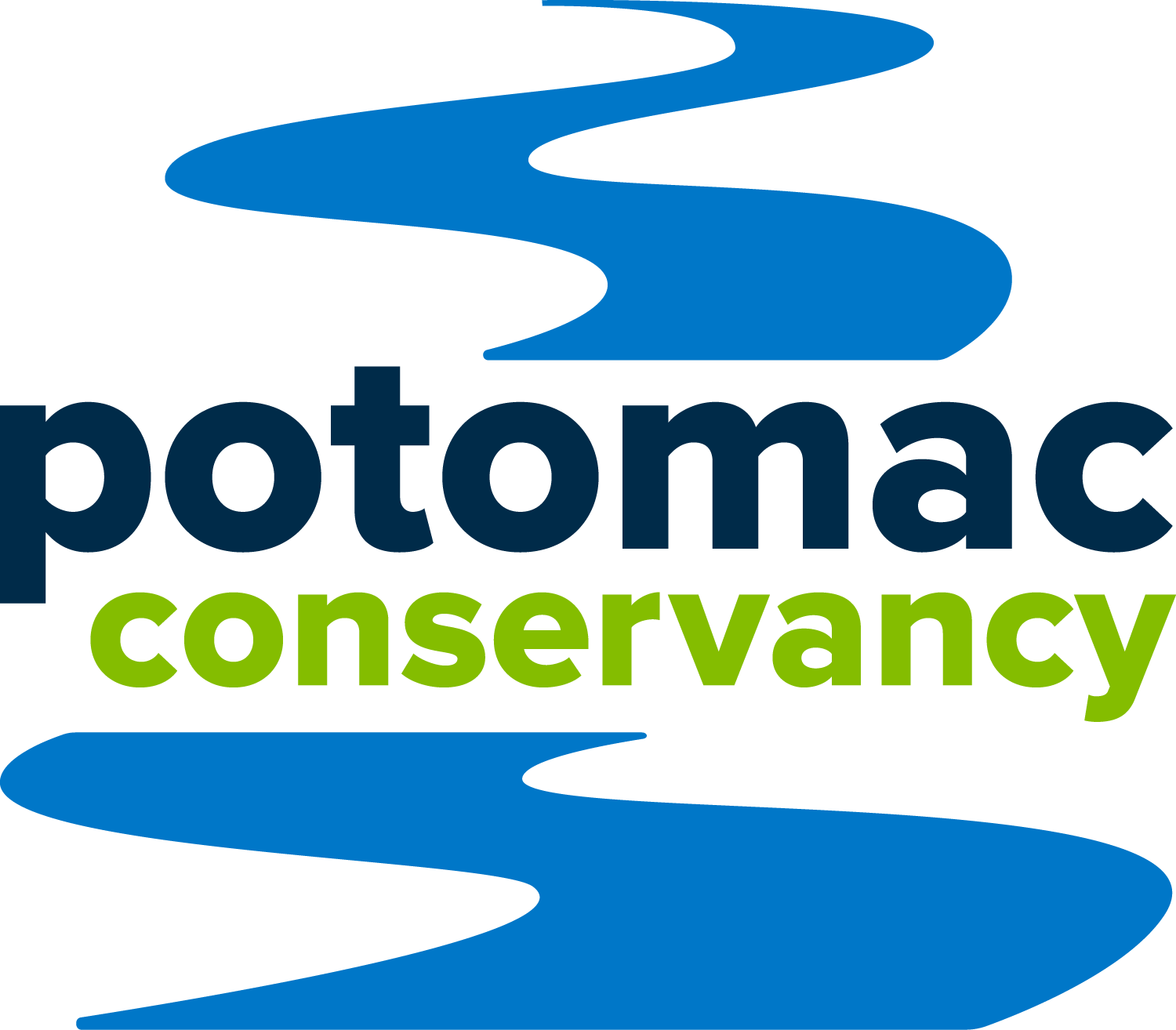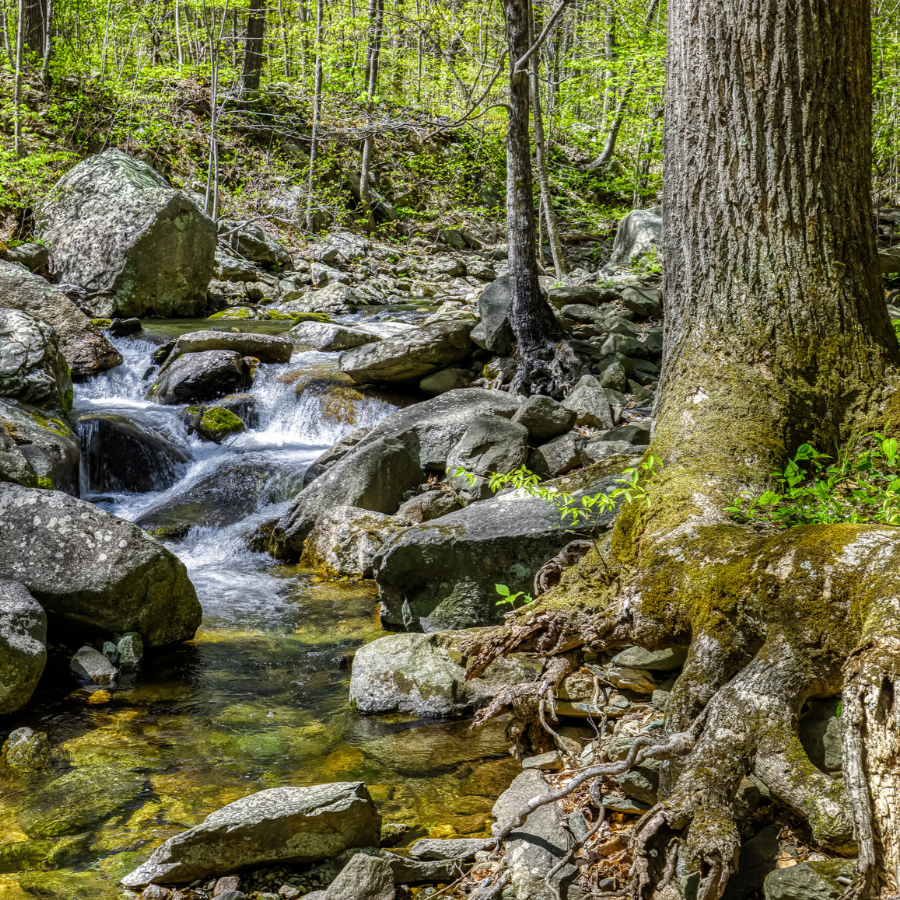Harvey and Maria are the new norm. What can we do?
/Studies find conservation, smart growth can prevent floods and combat storms
Though this year’s hurricane season is winding down (it officially ends at the end of November), the powerful storms of 2017 won’t soon be forgotten.
Stronger storms, like the category five hurricanes that developed this summer, will become more common as climate change warms waters and changes weather patterns.
While it’s unlikely that the Washington, DC region will be impacted by a Harvey- or Maria-caliber hurricane, our area is prone to flooding, and more extreme rainstorms are becoming a reality.
How can our communities brace for the future?
Looking at what contributed to the historic flooding in Houston, a city famous for its lack of zoning laws, could provide some answers.
Since 1995 both the city of Houston and surrounding Harris County have grown substantially, adding 6.6 million people. Because much of Houston’s development is unplanned, Houston and its surrounding suburbs grew not only in population, but also in geographic size, sprawling out into rural and less developed areas.
Lacking protections, 30 percent of the surrounding county’s wetlands were paved over.
Wetlands essentially function as massive sponges during flooding events, and paving over them can have huge consequences.
A recent study found that wetlands prevented more than half a billion dollars in damages across the mid-Atlantic during Hurricane Sandy.
Replacing a wetland with a parking lot means rainwater can no longer be naturally absorbed into the ground. But the rain has to go somewhere, so it floods streets, homes, and streams. When Hurricane Harvey hit, that’s exactly what happened.
This is why river friendly growth and conservation are so important. Unplanned development and a lack of protection for green spaces made Houston vulnerable to flooding.
With smart planning and sustainable development, the Potomac region can prepare for the storms of the future. Protecting green space and utilizing nature-based solutions in our communities will be increasingly important in the years to come.
Find out what smart planning opportunities exist for your community in our River Friendly Growth Report.















In the midst of a remarkable comeback, the Potomac River has seen a 10% increase in recreation in three years, but now its future is in question…Rising threats to water quality are impacting this wild urban river, the drinking water source for 5 million people in the DMV.